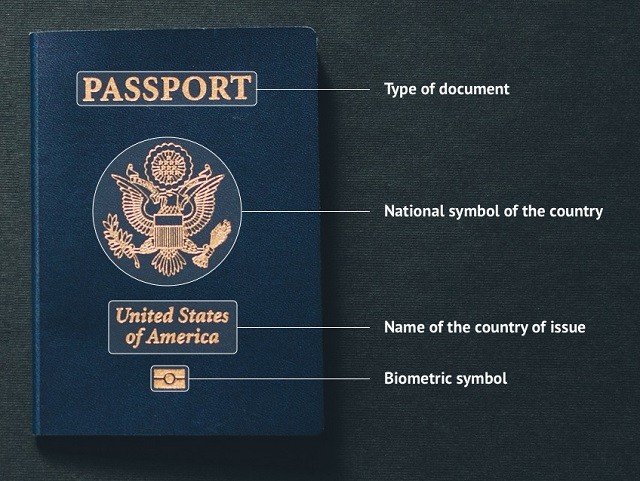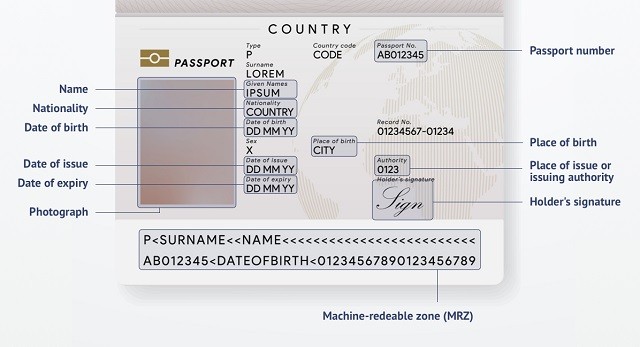The most essential document for traveling abroad, a passport contains important information about the holder.
Modern passports also have an electronic chip with this data, which can be read by machines.
There are certain essential features that all valid passports have. There are also distinct parts that are unique to the issuing country.
In the vast majority of cases, passengers will need a passport to board flights and clear border control when they reach their destination; for many countries, a visa is also needed. Given how important passports are to international travel, it is useful to know what the defining features are.
Anatomy of a Passport
Passports usually come in the form of small booklets. Information is contained both on the cover and inside.
Older passports simply had the details printed, while modern passports are also machine-readable thanks to an electronic chip and/or a machine-readable zone (MRZ) on the data page.
It is important to remember that passports issued by different countries usually have different layouts and may have different features.
The information below outlines the different parts of a passport.
The front cover of a passport

The front cover of a passport usually shows a number of details about the document. These include the following:
- Name of the country of issue
- National symbol of the country
- Description of the type of document (i.e. normal passport, official passport, diplomatic passport, etc.)
- Biometric symbol (if the passport contains an electronic chip)
Title page of a passport
The first page is usually a title page, which names the country and may contain other information.
Data page of a passport

Next comes the data page. This takes up pages 2 and 3 of the document. This is where all the important information about the traveler is found, along with their picture. These details include:
- Name
- Nationality
- Date of birth
- Place of birth
This page also contains information about the passport itself, including:
- Passport number
- Date of issue
- Date of expiry
- Place of issue or issuing authority
The traveler’s photograph is usually positioned on the left of this page. This is an image of their face, looking directly at the camera, against a white background.
The data page may also include the holder’s signature.
Biometric passports (sometimes referred to as electronic passports, or e-Passports) have a machine-readable zone (MRZ) at the bottom, which contains compulsory information about the traveler’s identity.
Blank passport pages
After the data page, there are various blank pages on which to receive stamps upon entering and leaving other countries.
The back of a passport
At the end of the passport, there may be some general notes on traveling abroad and/or a page to write down your emergency contacts.
The back cover is usually blank.
Is My Passport Machine-Readable?
The main way to know if you have an electronic, or biometric, passport is to check the front cover for the biometric symbol.
This is a rectangular symbol with a horizontal line through it and a circle in the middle. It somewhat resembles a camera.
The data page of an e-Passport will also contain a machine-readable zone (MRZ) below the traveler’s photo and information. This contains important information, including the traveler’s name and the passport number.
There is no spacing between the words and numbers in the MRZ. There are usually “less than” symbols (<) instead.
What Are the Pages in a Passport for?
The data page is the most important part of the passport. This is used to verify the holder’s identity. The information can be checked by border security officials and the image of the traveler can be compared with their face to make sure that the individual is who they say they are.
Modern passports contain electronic information on this page, which can be read by e-Passport gates at airports to allow passengers to clear border control more smoothly.
The majority of the pages in a passport are blank (although they may contain background images of the country of issue). The purpose of these pages are to be stamped.
You may receive stamps upon entering a foreign country and again upon leaving. This provides a record of your travels and ensures that you do not stay longer than permitted.